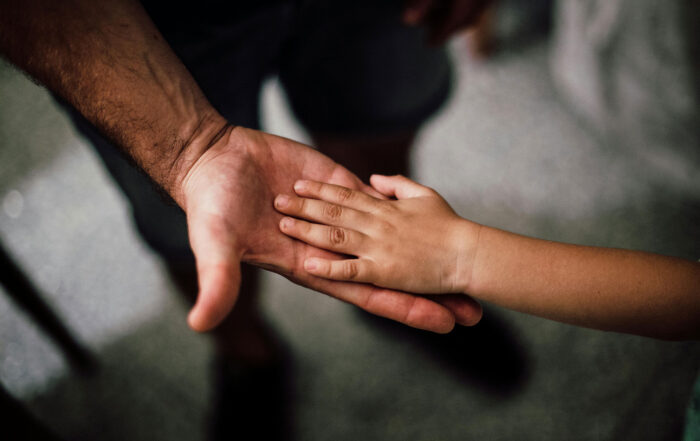
By Benjamin E. Saunders, PhD and Zachary W. Adams, PhD
The epidemiology of traumatic experiences in childhood is a key context for research, clinical treatment, program management, and policy development. This article discusses the conceptual, methodological, and programmatic challenges in precisely answering even relatively simple questions concerning the basic prevalence and incidence of important trauma types among American youth. Findings from studies using nationally representative samples and directly interviewing youth about their trauma histories are reviewed, and lifetime prevalence rates for various types of traumatic experience presented. Clinical application of this information and future directions are discussed.
Understanding the epidemiology of traumatic experiences in childhood is critical to conducting meaningful trauma research, developing effective trauma services and service delivery systems, and efficiently allocating resources for both activities. Without an understanding of the basic topography of these events in the lives of youth, there is a danger of over focusing on extraordinary, emotionally gripping, or highly visible types of events and overlooking less obvious or dramatic, but perhaps highly significant forms of trauma…
Share This Post!
How a History of Trauma is Affecting the Children of Gaza
By Rhitu Chatterjee, NPR Researchers say the cumulative trauma of chronic ethnic-political violence has a profound and lasting impact on children's mental health and development, affecting their functioning and outlook on the [...]
Helping Children Cope After a Traumatic Event
Provided by the Child Mind Institute In the wake of a traumatic event, your comfort, support and reassurance can make children feel safe, help them manage their fears, guide them through their [...]
Mental Health Resources for Caregivers
Provided by Mental Health America Caregiving can often have a significant impact on the life of the caregiver in more ways than one. It can make maintaining your physical and mental health [...]
Post-Traumatic Growth
Psychology Today Post-Traumatic Growth is the positive psychological change that some individuals experience after a life crisis or traumatic event. Post-traumatic growth doesn’t deny deep distress, but rather posits that adversity can [...]
Talking to Children About War
Provided by the National Child Traumatic Stress Network The recent tragic events in Israel has impacted many directly who have experienced a personal loss or by witnessing this type of violence trigger [...]
Key Ingredients for Successful Trauma-Informed Care Implementation
By Christopher Menschner and Alexandra Maul, Center for Health Care Strategies Because of the potentially long-lasting negative impact of trauma on physical and mental health, ways to address patients’ history of trauma [...]







